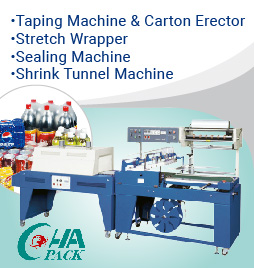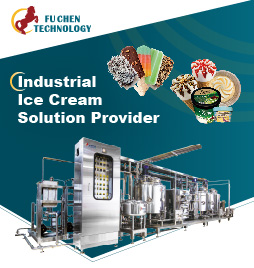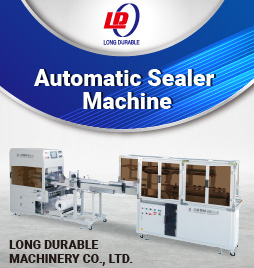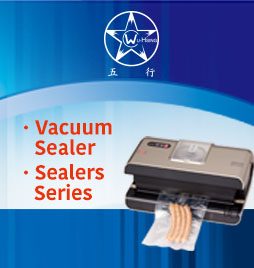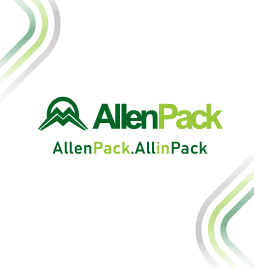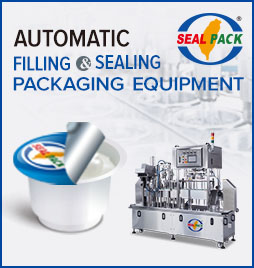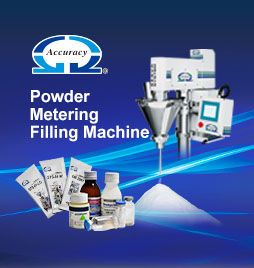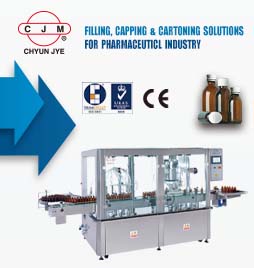ECO-DESIGN and social trends––what should be considered?
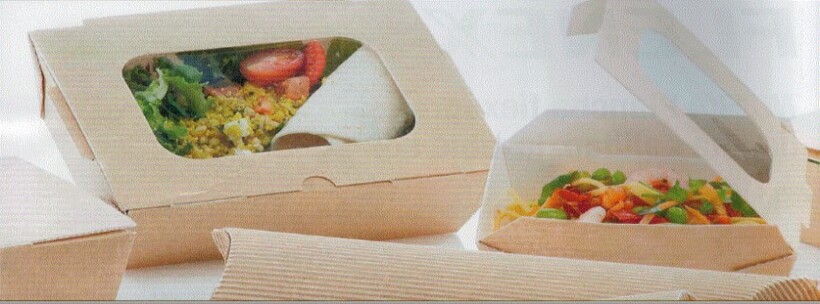
The eco-design must be the result of an in-depth analysis of all elements which holistically participate in the design process and must show its shape and physical characteristics in any angle of the product which is required. - Patricia Olivares and Jorge Jacobo
* Member of the Academic Body of the laboratory: Containers and Sustainability at the Universidad Autonóma Metropolitana of Azcapotzalco. [email protected]
** Head of the Academic Body of the laboratory: Containers and Sustainability at the Universidad Autonóma Metropolitana of Azcapotzalco. [email protected]
What should be considered?
One of the most important aspects related to the eco-design process is the conceptualization of ideas.
It is usually a good practice to conceptualize a product before developing it so as to locate the areas of opportunity where there are the most possibilities to reduce the impact on the environment.
This technique of photorealism allows us to qualitatively evaluate (including market studies) the physical appearance that the final product will have on the market, and thus to foresee the impacts it will have on the environment.
Visualizing the life cycle of the product simulating the total restitution of the raw materials from its original extraction until the total return of these to the original extraction medium allows the designer to determine the stages of the design where the participation is fundamental to as to avoid damaging the environment.
The use of recyclable or biodegradable materials can be the key to the total restitution of the medium to the environment. When the product means a contribution to the solution of man's needs, this in turn must offer valuable information regarding the expected time of functionality and obsolescence.
In the same way that when the product is about to finish the stage of maturity on the market, it must be submitted to the studies on improvement, innovation, recycling and reuse.
The results of the study should be the starting point of the design process to be effective and efficient in terms of care for the environment, and at the same time to progressively improve over time, and also to offer the consumer eco-design proposals, which are increasingly friendlier to the environment.
Eco-design, technology and environment
Technologies for eco-design related to the production, storage, transport, transmission and conversion of energy, both fossil and renewable sources, as well as those referring to energy savings.
Examples of effective interaction between eco-design, technology and the environment are:
1.- Electric vehicles.
2.- Intelligent networks.
3.- Eolic energy.
4.- Solar energy.
The use of technologies that promote energy saving is fundamental during the design process, since it is capable of contributing to the result, which must result in an innovation.
Finding an added value in the implementation of the eco-design process based on the design of the care for the environment will undoubtedly be a task that we all must carry out in each of our interventions.
The steps to follow during the process should be alerted in each of the stages from the identification of the need to the construction of the final proposal.
Method for the proper development of a product:
Establishing clearly and unambiguously what we expect from the product.
In conjunction with the supplier, fixing the expected quality levels.
Establishing clearly with the provider what we want to receive.
Carrying out all the necessary tests.
Considering the delivery times.
Making sure that the samples are functional upon their receipt.
Moreover, all test results can be requested in the form of histograms so as to know the deviations from the predetermined quality specifications.
Upon receiving the final product, carrying out a new industrial test to ensure its smooth operation on the line.
Asking for the provider's assistance during the tests.
Asking the supplier’s recommendations for product improvement both in terms of functionality and weight issues.
Much can be accomplished sometimes with minimal modifications in the design.
We must emphasize that the trend in eco-design is based on the creative process that involves the development of multiple alternatives so as to solve specific problems derived from the needs of people and of which we know that these are resolved today in one way or another. These must be questioned by the designer and analyzed from the perspective of eco-design in such a way that they are able to offer options which are winning in terms of sustainability, after having carried out the corresponding laboratory tests and analyzes.
In the process of product design that leads to a conceptualization of sustainability and social awareness.
Two issues of fundamental importance during the processes of ecodesign in the global economy and globalization.
In patterns and lifestyles focused on issues being as relevant as the separation of garbage, reuse and recycling processes at specialized sites for this purpose.
In the form of product sale, in the systems of exhibition and sale, during the processes of commercialization and consumption.
In the storage and transport processes.
In the shelf life of the product, shelf life and conservation time after purchase.
In the environment: the necessary care so that the quality of the air we breathe is adequate. The sites for garbage accumulation: containers for proper separation as well as efficient collection systems.
Regarding the availability of natural resources, this issue will be essential that there is a regulatory instrument which orders the use of natural resources, which distributes them properly and which accounts for their use and recovery, such as a programmed reforestation.
Finally, with regard to technologies to reduce environmental impacts, the involvement of universities is fundamental and necessary for the development of sustainable technologies in all areas of design in the same way as in the construction of objects of popular consumption that constitute a problem of garbage accumulation.

